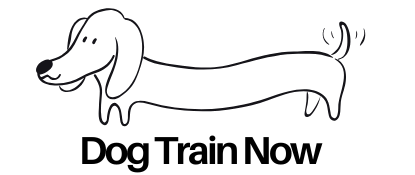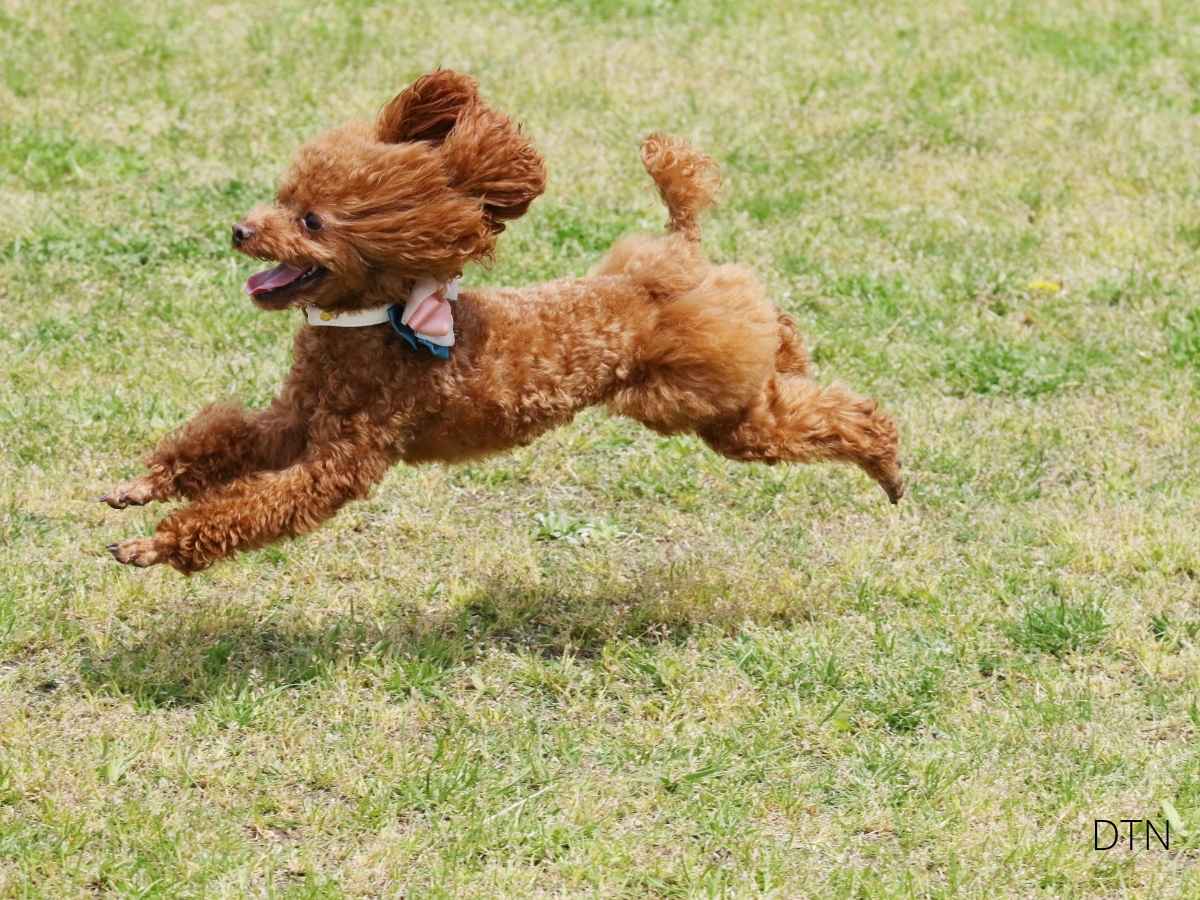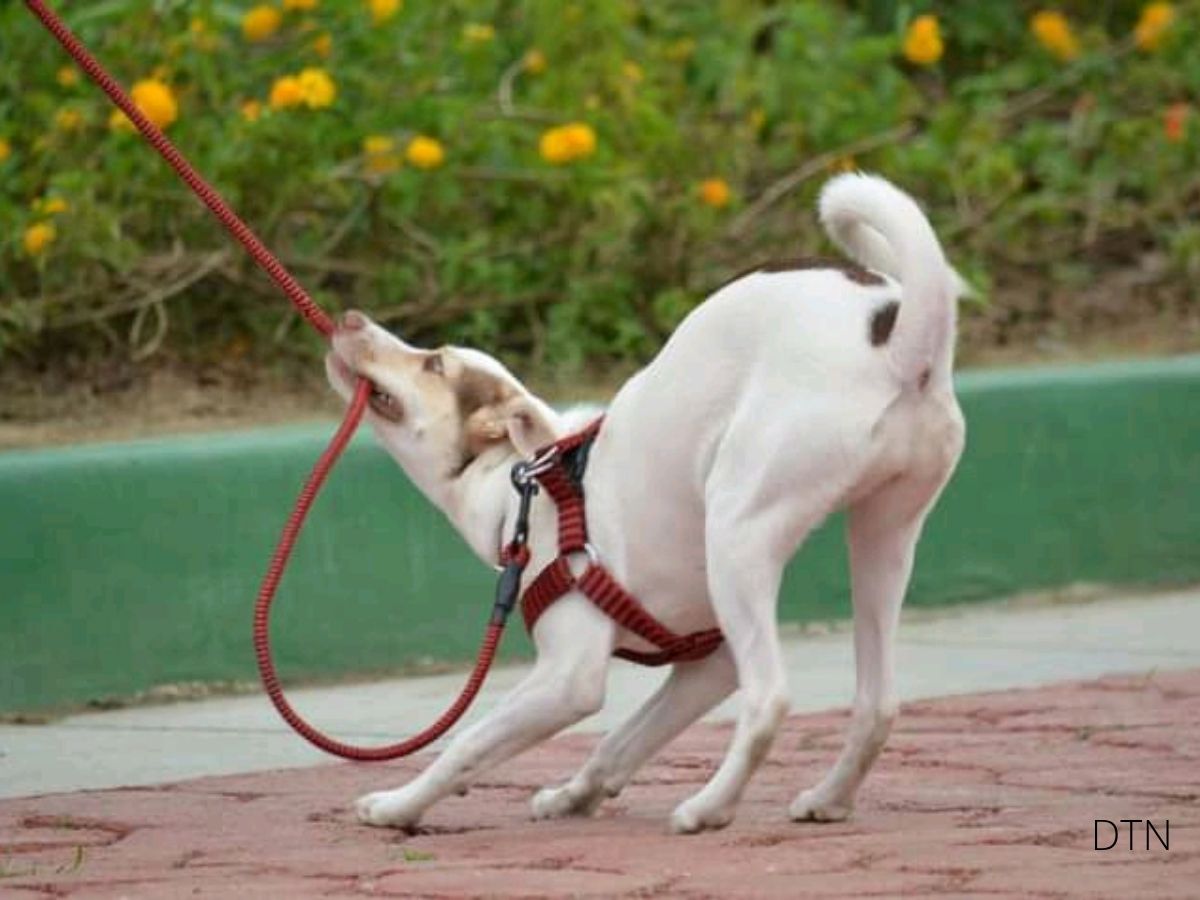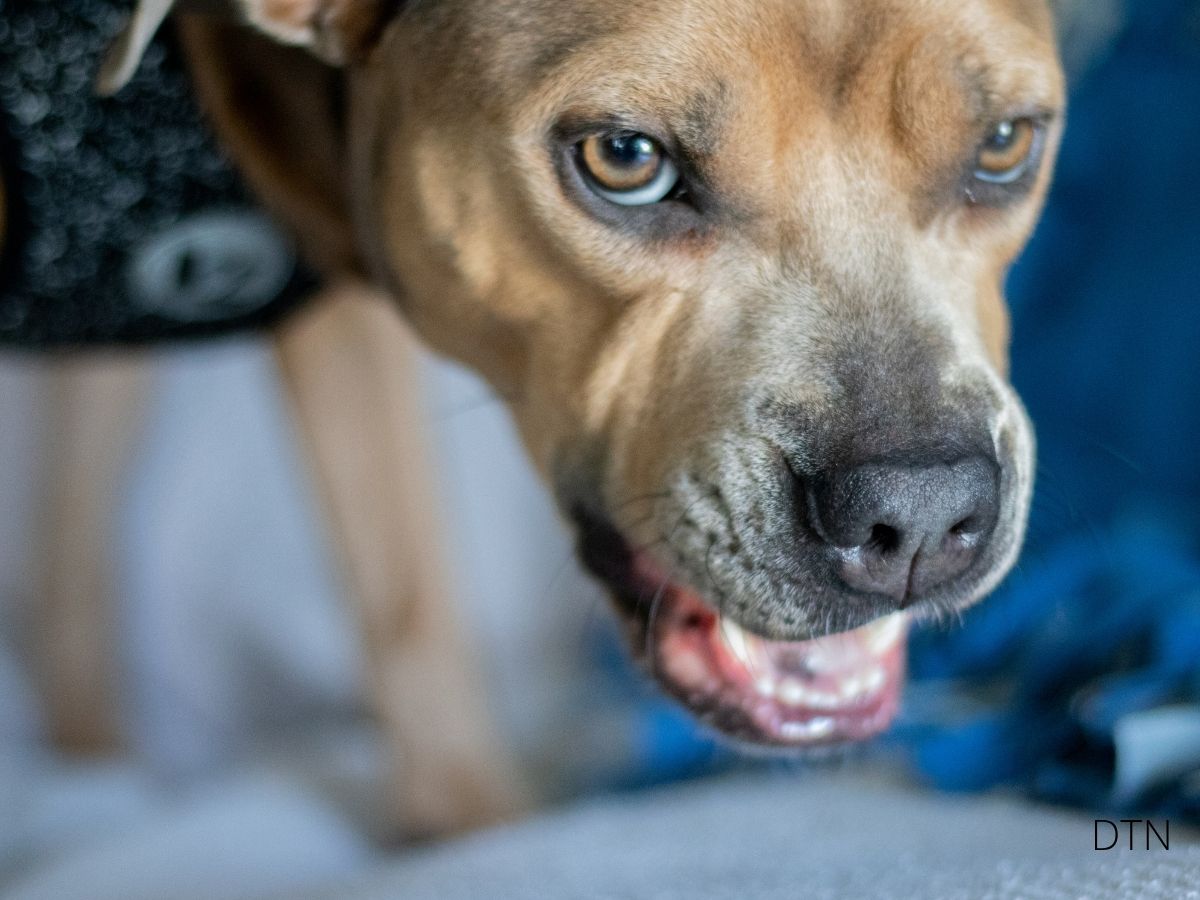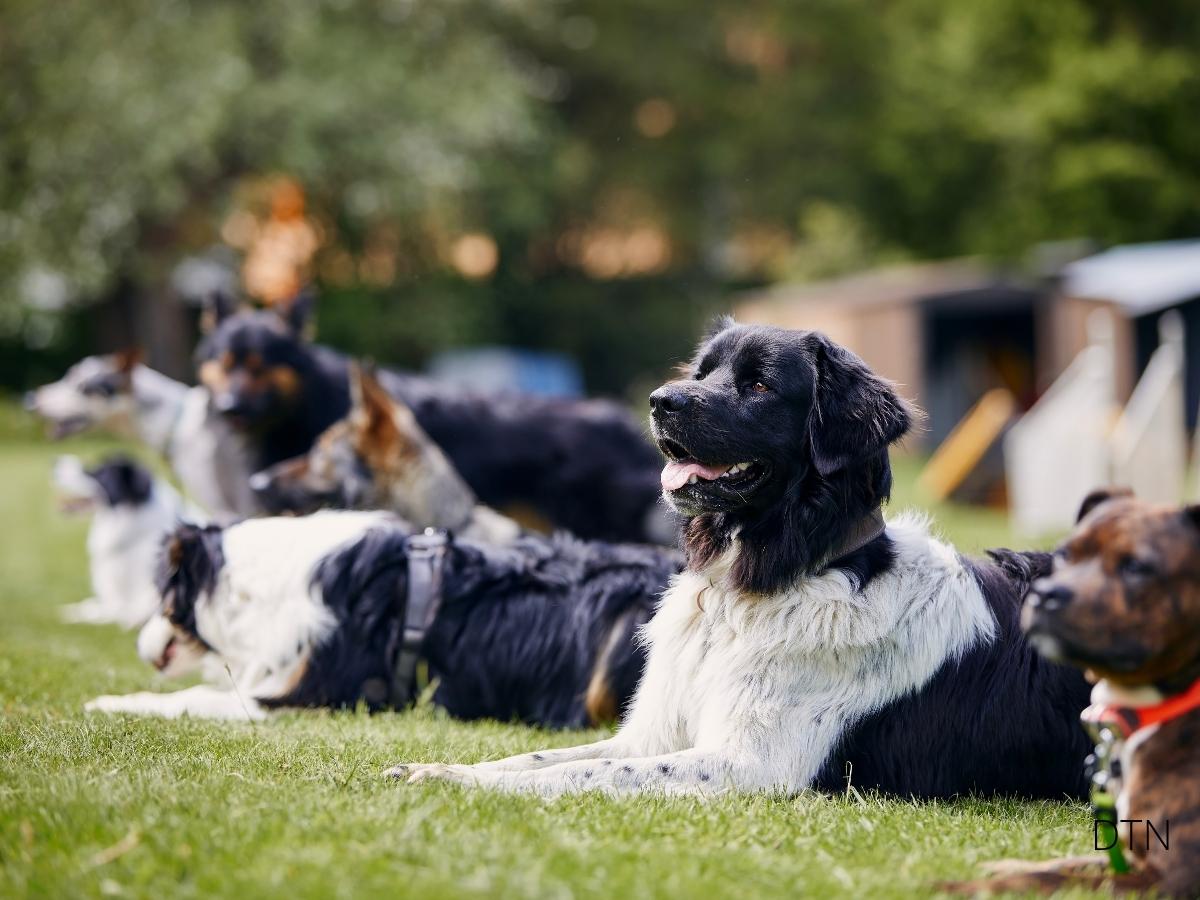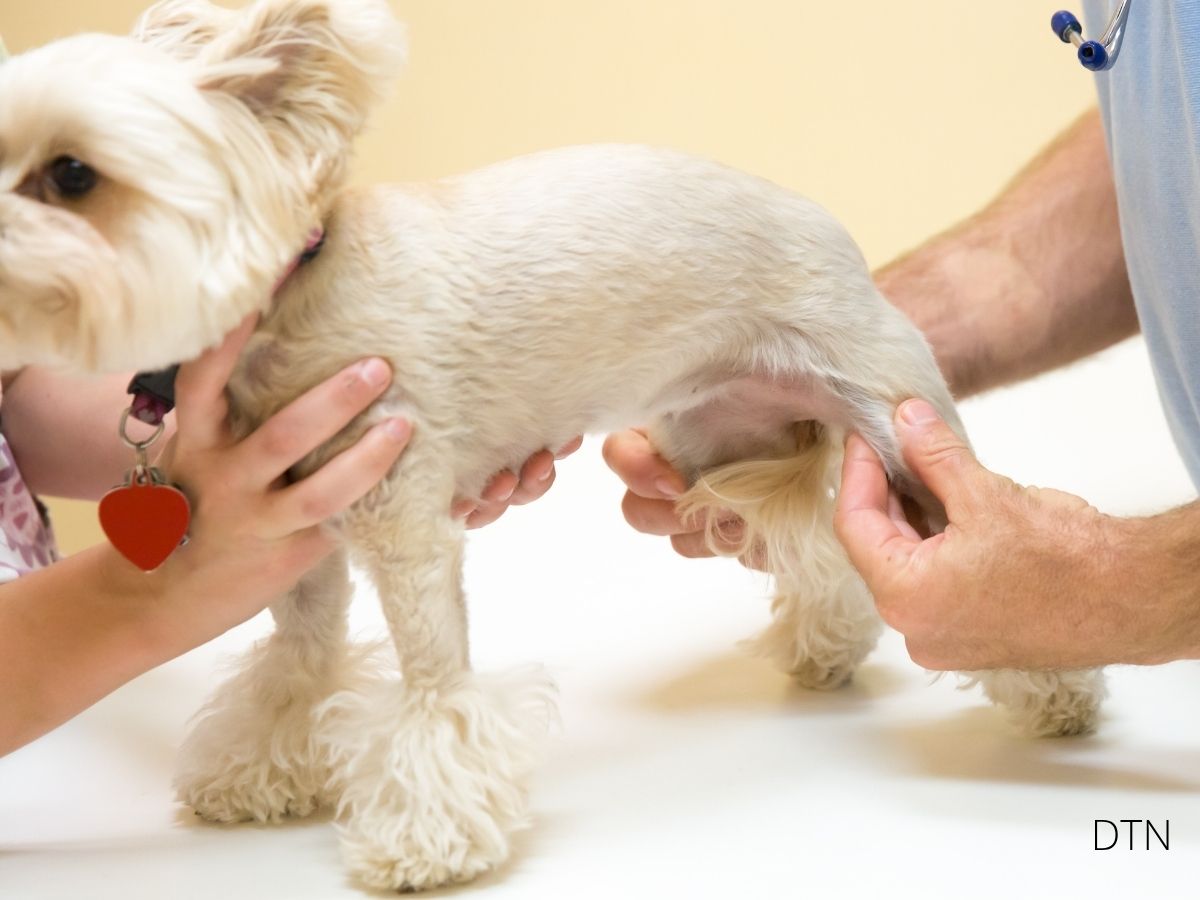Your dog looks at you from across the park, considers your call, then turns away to continue sniffing. Frustrating? Yes. But what if we told you this isn’t defiance – it’s feedback about your relationship? Let us guide you through a revolutionary understanding of recall that transforms struggle into connection.
The Truth About Why Dogs Don’t Come
When recall fails, we’re quick to label our dogs as stubborn or distracted. But here’s what’s really happening: your dog’s brain is running a complex calculation, weighing the value of responding against competing motivations. They’re not ignoring you – they’re making a choice based on past experiences, current emotions, and environmental factors.
The Neuroscience of Choice Your dog’s amygdala evaluates emotional significance while their hippocampus retrieves memories of past recalls. Meanwhile, the prefrontal cortex attempts to override impulses. When that fascinating smell wins over your call, it’s because their olfactory processing (300 million receptors strong) is overwhelming their auditory processing. You’re not competing with disobedience; you’re competing with biology.
Key Brain Systems in Recall:
- Amygdala: Determines if approaching feels safe or threatening
- Hippocampus: Stores every recall memory, positive and negative
- Prefrontal Cortex: The weakest link when your dog is aroused
- Olfactory Bulb: Often overrides auditory commands completely
Why Traditional Recall Training Fails
The Poisoned Cue Problem
Every time you’ve called your dog holds weight. If recall sometimes means play continues but other times means leaving the park, your dog learns that coming to you is a gamble. This uncertainty doesn’t create a stubborn dog – it creates a smart dog who’s learned to evaluate risk.
Mixed Messages We Send:
- Calling to end fun activities (leaving parks, stopping play)
- Using recall for unpleasant necessities (baths, nail trims)
- Rewarding inconsistently – sometimes treats, sometimes nothing
- Different emotional tones depending on our mood
- Allowing “selective hearing” sometimes but punishing it others
The Context Trap
Dogs don’t generalize naturally. Perfect living room recall doesn’t translate to the park because, to your dog, these are completely different behaviors. That’s not a training failure – it’s how dogs learn. Every new environment requires rebuilding the behavior from scratch unless you’ve specifically taught generalization.
Understanding Your Dog’s Competing Motivations
The Breed Factor Your terrier wasn’t bred to come when called – they were bred to make independent decisions underground. Your sighthound’s DNA screams “chase” when movement triggers their prey drive. Your beagle’s nose provides information more compelling than your voice ever could. Working with breed-specific drives rather than against them changes everything.
Environmental Overload Parks aren’t just distracting – they’re sensory wonderlands. Every blade of grass tells a story through scent. Other dogs offer species-specific communication your human interaction can’t replicate. Wildlife triggers prehistoric hunting sequences. When your dog doesn’t come, they’re not choosing disobedience; they’re following drives refined over thousands of years. 🧠
The NeuroBond Approach: Connection Over Control
This is where everything shifts. Instead of demanding obedience, we build something far more powerful: voluntary connection. The invisible leash isn’t about training – it’s about relationship.
Principle 1: Let the Dog Be
Accept your dog’s instincts as pathways to learning, not problems to solve. When your dog naturally checks in during walks, that’s recall in its purest form. We don’t impose artificial behaviors; we nurture natural tendencies toward connection.
Your dog is an operating system on four legs. What you input determines the output. Zero relationship effort yields zero recall. Full connection creates the invisible leash – where your dog chooses proximity because being near you feels better than being away.
Principle 2: Build the Foundation First
Before teaching any formal recall, establish voluntary attention:
Natural Check-In Moments to Reward:
- Looking back at you during walks
- Choosing to follow you room to room
- Seeking comfort during uncertainty
- Morning greeting rituals
- Voluntary proximity during rest
These moments build the neural pathway recall will later travel. You’re not commanding attention; you’re celebrating it when it occurs naturally.
Principle 3: Context as Communication
Behavior is never random – it’s always contextual. When your dog doesn’t come at the park but does at home, they’re not being difficult. They’re telling you the park context hasn’t been properly built yet. This is feedback, not failure.
Start where success lives. Practice in environments where your dog already feels secure. Gradually expand, but let your dog tell you when they’re ready. If recall fails in a new environment, you haven’t failed – you’ve learned that environment is too challenging for their current skill level.
Scratch a dog and you’ll find a permanent job.
– Franklin P. Jones
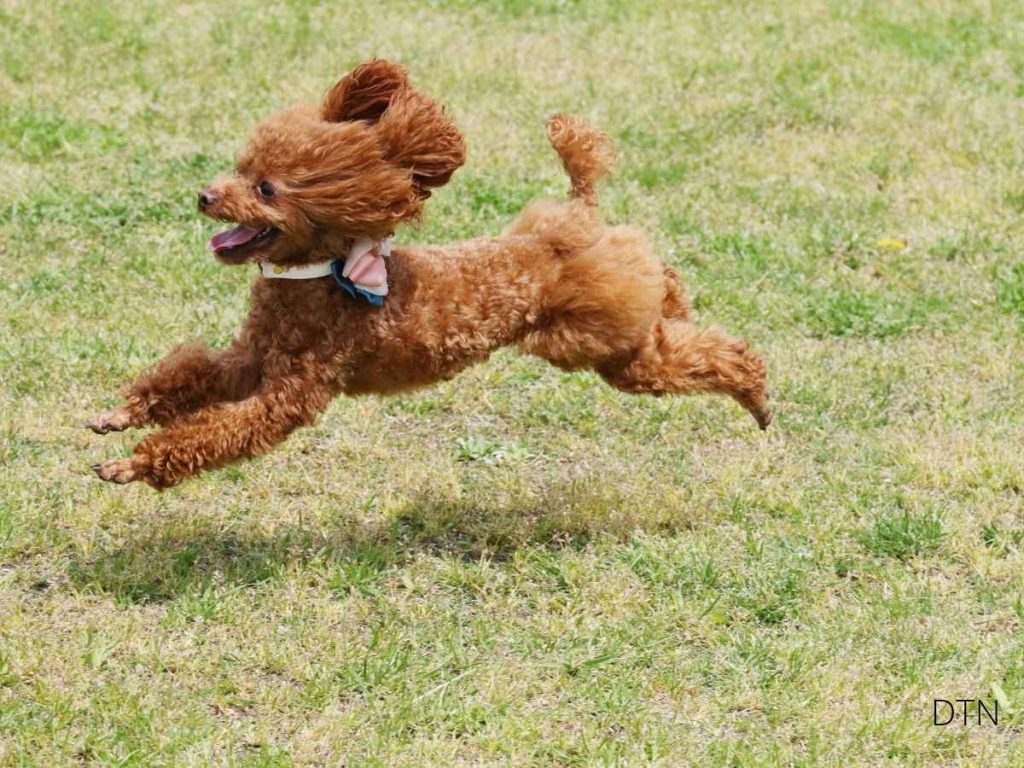
The Owner’s Emotional Reset
Your emotional state is the invisible leash’s foundation. Dogs read our inner world with stunning accuracy. Before calling your dog, especially in challenging situations, use this reset:
The 4-7-8 Breath: Inhale for 4, hold for 7, exhale for 8. This shifts you from stress to calm – your dog immediately senses this change.
Body Language Check:
- Soft eyes, not hard stare
- Relaxed shoulders, not tense
- Open posture, not demanding
- Weight back, not leaning forward
When recall fails, pause. Breathe. Remember: this is feedback about the relationship, not defiance. Approach calmly without emotion. Your dog is teaching you something valuable about their needs or the environment’s challenges.
Building Your Invisible Leash: The 30-Day Protocol
Week 1: Foundation
Don’t call your dog at all. Simply reward every voluntary check-in, every chosen moment of proximity. You’re establishing that being near you is inherently valuable. Let them discover that connection feels good.
Week 2: Introduction
Begin calling only when you’re 90% certain they’ll come – usually when they’re already moving toward you. You’re associating your recall cue with the action they’re already choosing. Success builds success.
Week 3: Expansion
Gradually increase difficulty while maintaining that 90% success rate. If success drops, you’re moving too fast. The goal isn’t to challenge limits but to build an unbreakable pattern of choosing you.
Week 4: Generalization
Practice in three different environments, always respecting the 90% rule. Your dog learns that choosing you works everywhere, not just specific contexts.
Jackpot Moments That Build Connection:
- Surprise play sessions after recall
- Discovery walks to new locations
- Permission to explore that smell together
- Extended massage or belly rubs
- Freedom to choose walking direction
These aren’t bribes – they’re celebrations of connection. You’re teaching your dog that choosing you leads to better experiences than they could find alone.
Breed-Specific Adaptations
Terriers: Make yourself more interesting than their current fixation. Use their independence by making recall feel like their idea.
Herding Breeds: Give them a job. Recall becomes a task to complete perfectly, satisfying their need for purpose.
Scent Hounds: Incorporate sniffing into recall rewards. You’re not pulling them from their world – you’re becoming their guide to better smells.
Sighthounds: Become the most interesting moving object. Run away to trigger chase toward you, not away.
When Professional Help Is Needed
Seek support if you notice:
- Fear-based responses to recall (cowering, creeping approach)
- Sudden loss of previously reliable recall
- Medical signs (confusion, disorientation, selective response)
- Your frustration affecting the relationship
These aren’t failures – they’re invitations to deeper understanding and professional guidance.
The Long-Term Relationship
Reliable recall isn’t achieved through perfect commands but through imperfect connection consistently chosen. Every failed recall teaches you something about your dog’s needs, the environment’s challenges, or your relationship’s gaps.
The invisible leash emerges not from training but from trust. When your dog genuinely prefers being near you over other options, recall becomes effortless. This can’t be commanded – only invited through patience, understanding, and consistent connection.
Your dog isn’t a problem to solve but a partner to understand. They’re constantly communicating through their choices. When we listen to this feedback rather than label it as disobedience, everything shifts.
Remember: that moment at the park when your dog looked at you and chose to continue sniffing? They weren’t ignoring you. They were telling you that in that moment, the environment offered something more valuable than what you represented. Your job isn’t to punish this choice but to become so consistently valuable that choosing you becomes their default.
This isn’t about perfect obedience. It’s about building a relationship so strong that your dog chooses connection over distraction. That’s the invisible leash – not a training technique but a living bond between two beings who genuinely prefer being together.
Trust the process. Trust your dog. Most importantly, trust the relationship you’re building. Every voluntary check-in, every chosen moment of proximity, every celebrated return – these weave the invisible leash that no distraction can break. 🧡
